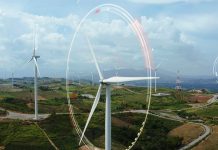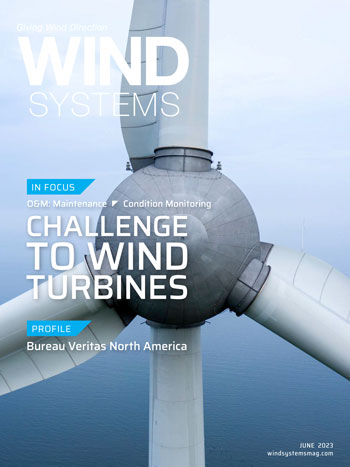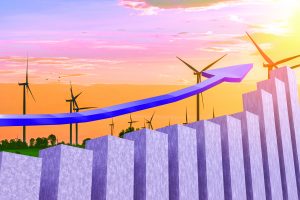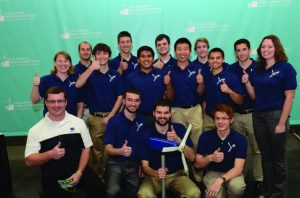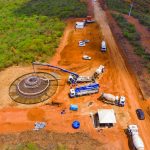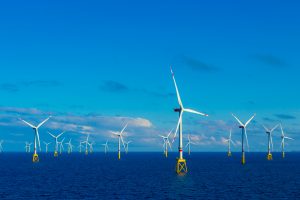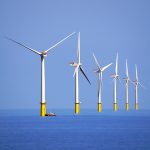More than 8,000 representatives from renewable companies and organizations from around the world gathered in New Orleans, Louisiana, in May for CLEANPOWER 2023.
It was an important event with a keen focus on the need for renewable energy and the innovation and challenging policy that will be necessary to keep it flourishing.
The event, sponsored by the American Clean Power Association (ACP), offered a variety of ways to connect with the renewable sector, whether that be wind, solar, or battery storage.
During the opening ceremony, ACP CEO Jason Grumet, who has only been with the organization for several months, took to the stage to express his optimism for renewables.
“It is a great time to be part of the clean-energy industry,” he said. “Last year, Congress passed massive investments in infrastructure and clean power. We are building clean energy faster than ever before, but not nearly fast enough to achieve our goals by this century.”
Need for Commitment
Grumet expressed the need for everyone involved in the renewable sector to commit to each other.
“We are not throwing away our shot to build the economy that this country deserves and to make sure that every American benefits from the clean-energy transition,” he said.
Grumet pointed out that there are renewable projects and manufacturing in all 50 states and in 93 percent of congressional districts.
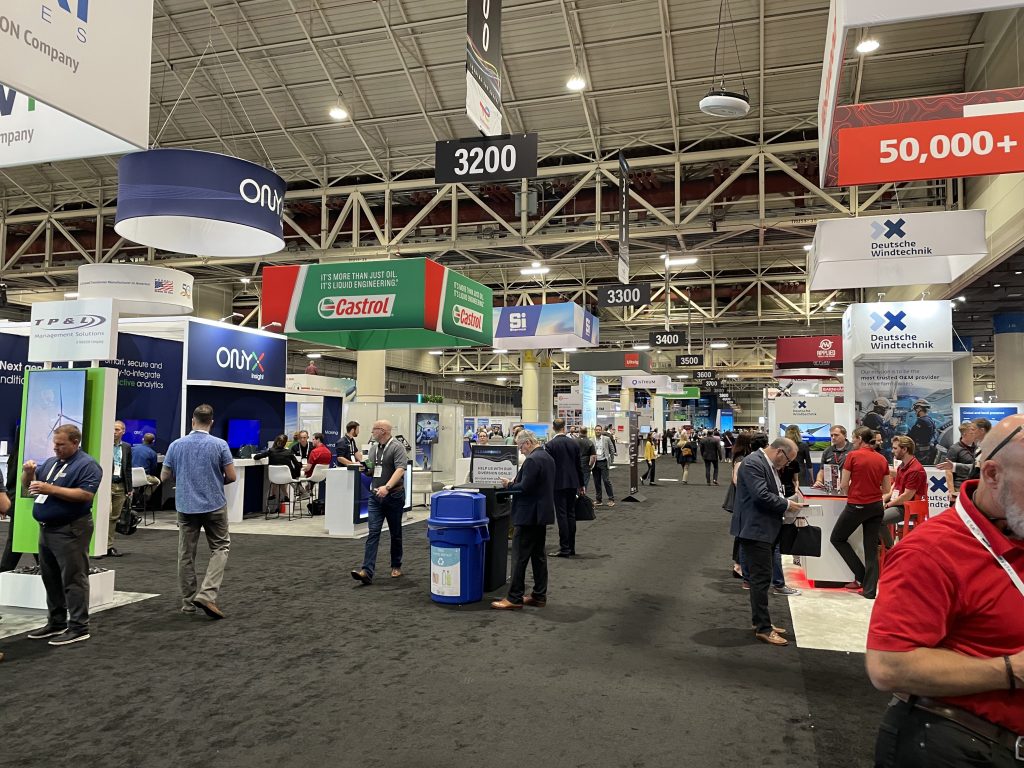
In the last nine months, according to an ACP study, there has been five times as much investment in clean power as any time in the last five years.
“We are investing $150 billion in the utility-scale-to-clean-energy pocket,” he said. “And I have to apologize that our study is now really out of date. Because in the month since we published it, there has been an announcement for 12 new manufacturing facilities of significance. And we’ve announced 25 GW of new clean power in the last month.”
Additionally, Grumet said that large blades for offshore wind turbines are being manufactured in Albany, New York.
“In Iowa, a facility that has been shut for years is making onshore wind that has now reopened and expanded its operations,” he said.
America’s tool manufacturing base is also being rejuvenated, according to Grumet, with a 100-year-old Bethlehem, Pennsylvania, steel facility that has been shuttered for decades, being reopened and used by the solar industry.
“A steel mill in Kentucky is now running a second shift to create the heavy-duty steel plates for offshore wind turbines,” he said.
Good Neighbors, Good Partners
With technology and innovation at the forefront of renewables, Grumet said it was more important than ever to not lose sight of the people who will be needed to keep the industry thriving.
“Our energy is being a good neighbor and a good partner to this country as we go forward,” he said. “There’s no question that the energy transition has to be a clean-energy transition to all Americans; 80 percent of our new projects are being located in low-income communities around the country. Over the next decade, we are going to have to hire over half a million people. There is talent everywhere in this country, and it is our job to go find it.”
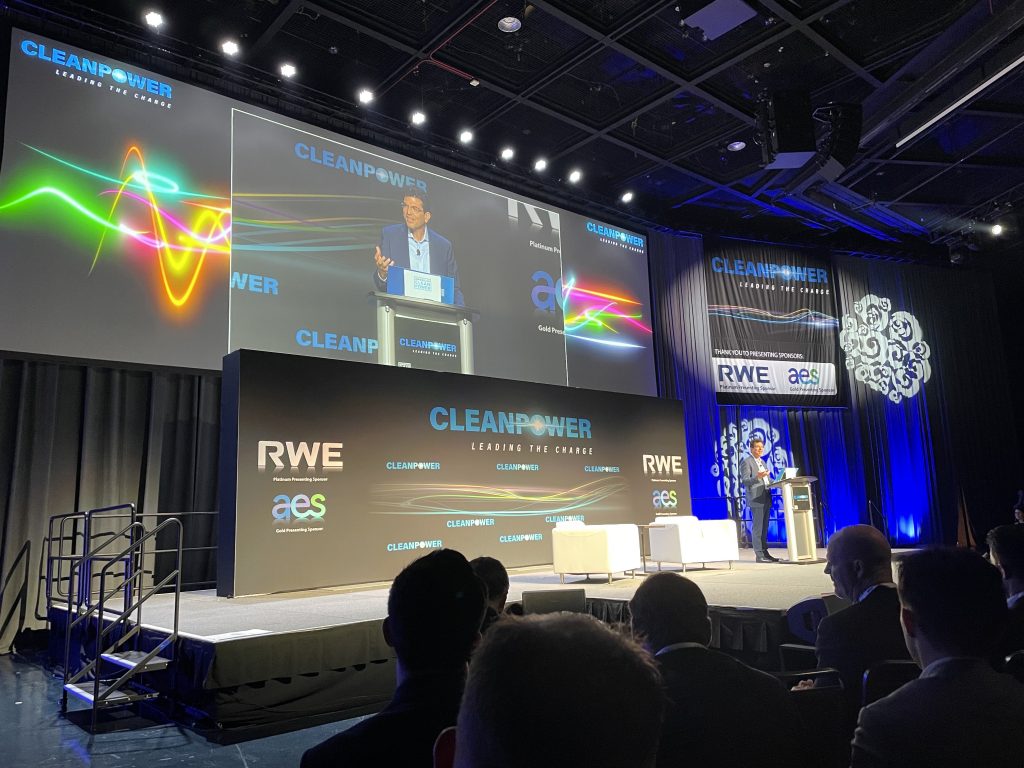
Part of that will be focusing on workforce diversity and skill training, according to Grumet.
“This isn’t an easy road — revitalizing our economy in the next 25 years requires a speed and scale that is fundamentally different from any challenge we’ve taken on before,” he said. “The solutions to our clean-energy future are going to touch every single believer. And we have to recognize that we have some work to do. The clean-energy revolution is going to reduce climate risks, (and) it’s going to bring jobs with clean air and cool water in historically burned communities across the country — communities that have been left behind. Communities that are suffering need help, and they need it now.”
To that end, Grumet said ACP wants to be good partners as well as good neighbors.
“We are stepping up, and we are stepping out,” he said. “We are strengthening our ties to working communities and labor across the country; we are working with frontline communities, and we are partnering with all aspects of the American energy economy. All technologies on their own have weaknesses, but if we combine strengths of the incredible diversity of the American economy and our added technologies, there is no question that we can achieve a future that’s clean, that’s pure, and that’s economically sustainable.”
The Changing Face of Power
That sentiment was mirrored by Leo Moreno, president of AES Clean Energy and chairman of ACP.
“AES today has 15 GW of renewal projects operating, and we have a pipeline of over 60 GW of projects, 400 projects across the U.S., and we’re growing at a pace of 5 GW per year,” he said.
Moreno emphasized that, over the last 15 years, the way power can be produced has changed since Thomas Edison opened the first power plant in New York.
“For the first time, we have power that has zero-variable cost,” he said. “For the first time, we have power that generates full energy independence because the resources, solar and wind, they’re local. And that means that cost can come down by 10 times, 100 times, 1,000 times. This is the revolution that we are experiencing.”
Government Involvement
John Podesta, senior adviser to the president for clean energy innovation and implementation at the White House, was also on hand to share the Biden administration’s inroads into a zero-carbon future for the U.S. He pointed out that several renewable-energy projects were on their way to becoming a reality, including a manufacturing assembly line from GE Vernova that will make components for its 6.1-MW wind turbine.
“That announcement, they noted, was done because of the support from the Inflation Reduction Act,” he said. “Those are going to be good jobs, union jobs, and we’re very excited to see that. Since President Biden took office, we’ve seen over $230 billion in new clean-energy investment announcements from the private sector in every corner of the country. We’ve seen more than $100 billion in just the nine months since the Inflation Reduction Act’s passed. Two years ago, those numbers might seem like a distance dream, but President Biden entered the office with a vision to rebuild the economy — to rebuild the American economy from the middle out and the bottom up — and to do it; the heart of that project was to transform our energy system and move toward clean energy.”
But Podesta said President Biden is still advancing renewable energy goals beyond that.
“He’s making it happen through his Investing in America agenda; through the bipartisan infrastructure law, the Department of Energy is upgrading and modernizing our electric grid, bolstering the domestic supply chain for batteries, investing in next-generation energy technologies, building out a charging grid network across the country, and lowering the cost of clean energy for American families,” he said. “And the Inflation Reduction Act, of course, makes the biggest investment in climate action and clean energy in history, nearly $370 billion. It targets every sector.” These goals keep the ball moving to cut emissions by 50 to 52 percent by 2030 and power the U.S. with 100 percent clean electricity by 2035, which will create millions of jobs, according to Podesta.
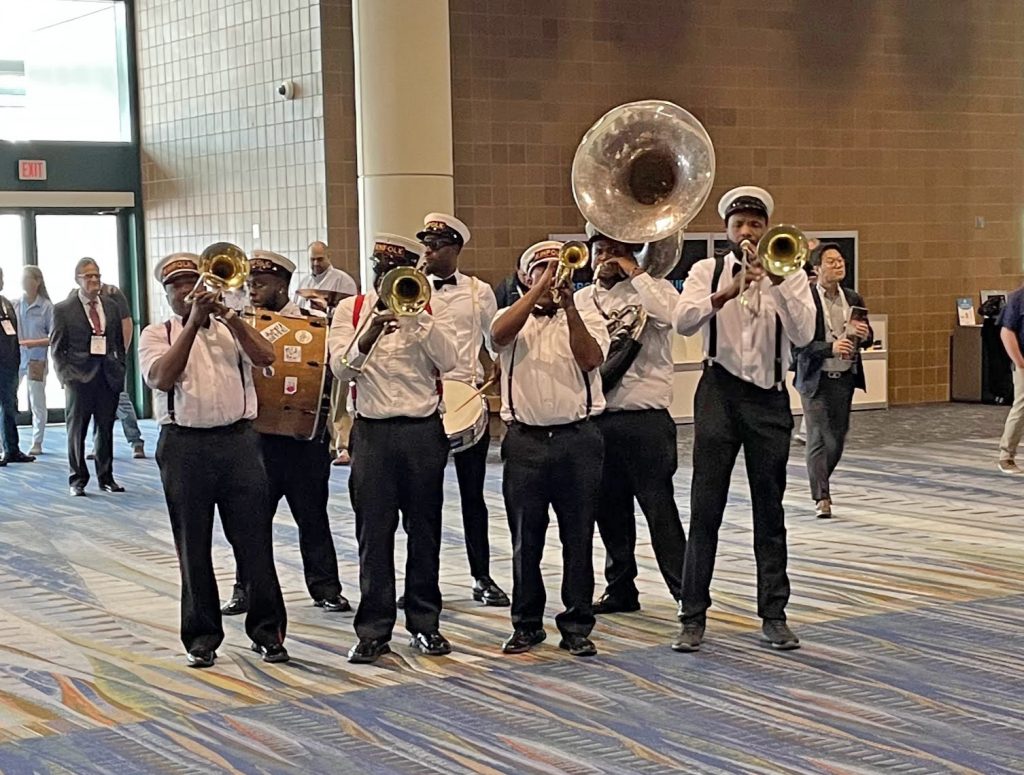
Private Sector Involvement
However, Podesta was quick to point out that, although it’s one thing to pass a bill, it’s completely different to implement it. To that end, Podesta said it would be vital for the private sector to take the reins of the energy revolution and make those goals a reality.
“More than half a trillion federal dollars are flowing to clean energy over the next decade, but we’ll need trillions literally every year to make the clean-energy transition happen at the pace and scale that climate science demands,” he said. “So, if private sector could move at that pace and scale, like every great economic transition in history, the clean-energy transition will be government enabled, but private-sector led. The government has finally created the right conditions for an energy and economic transformation, but you’re going to deploy the capital, build the businesses, (and) create the good jobs.”
A lot of ground work is going to be needed to get clean energy to Americans, including grid issues, according to Podesta. “There are a number of challenges, but probably from my perspective, the clearest one is permanent transition and dealing with connection, so we get clean energy on the grid and to consumers,” he said. “That has proved to be a huge challenge. Transmission takes way too long to permit. Right now, it takes almost twice as long to permit a high-performance interstate transmission line as it does to permit a pipeline going in the interstate system. We’ve got to change that because we’ve got to build (and) increase the capacity to move that clean energy to customers by 60 percent between now and 2030.”
Moreno was also optimistic about the future of renewables, but it is going to take a lot of hard work to accomplish the challenging plans. “The decarbonization of the power sector is only the beginning,” he said “The U.S. has 6 billion tons of carbon emissions per year, and what we all want is to bring that to zero. One third of those emissions comes from the power sector, but one third comes from transport, and the balance comes from agriculture, from industrial groups. We will need to decarbonize it all.”


















